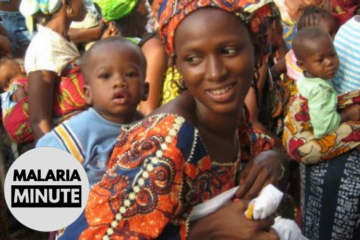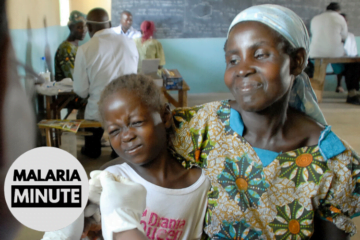The Latest Malaria News, in 60 Seconds.
Scientists identify two proteins that are essential for the malaria parasite’s genetic malleability, and the substance responsible for ‘rosette’ formation in human red blood cells is identified.
Malaria Minute on iTunes and Spotify
Transcript:
Scientists have found that two proteins, called SMC2 and SMC4, mediate unusual cell division in the malaria parasite. It’s this atypical cell division that lends the parasite its genetic malleability, which helps it to survive under strain. The proteins are part of the condensin family, which are large protein complexes that play a critical role in chromosomic assembly and segregation in meiosis and mitosis. A better understanding of the parasite’s plasticity – and the mechanism of these proteins – could potentially unlock new therapies for the disease.
And one of the ways that the malaria parasite protects itself in the bloodstream is to attach itself to a non-infected red blood cell, forming what’s known as a rosette, leaving it undetected by the immune system. New research has indicated that this phenomenon is caused by a substance called IGFBP7, which is used in humans to regulate insulin.
Sources:
Image Credits: Wikimedia Commons


